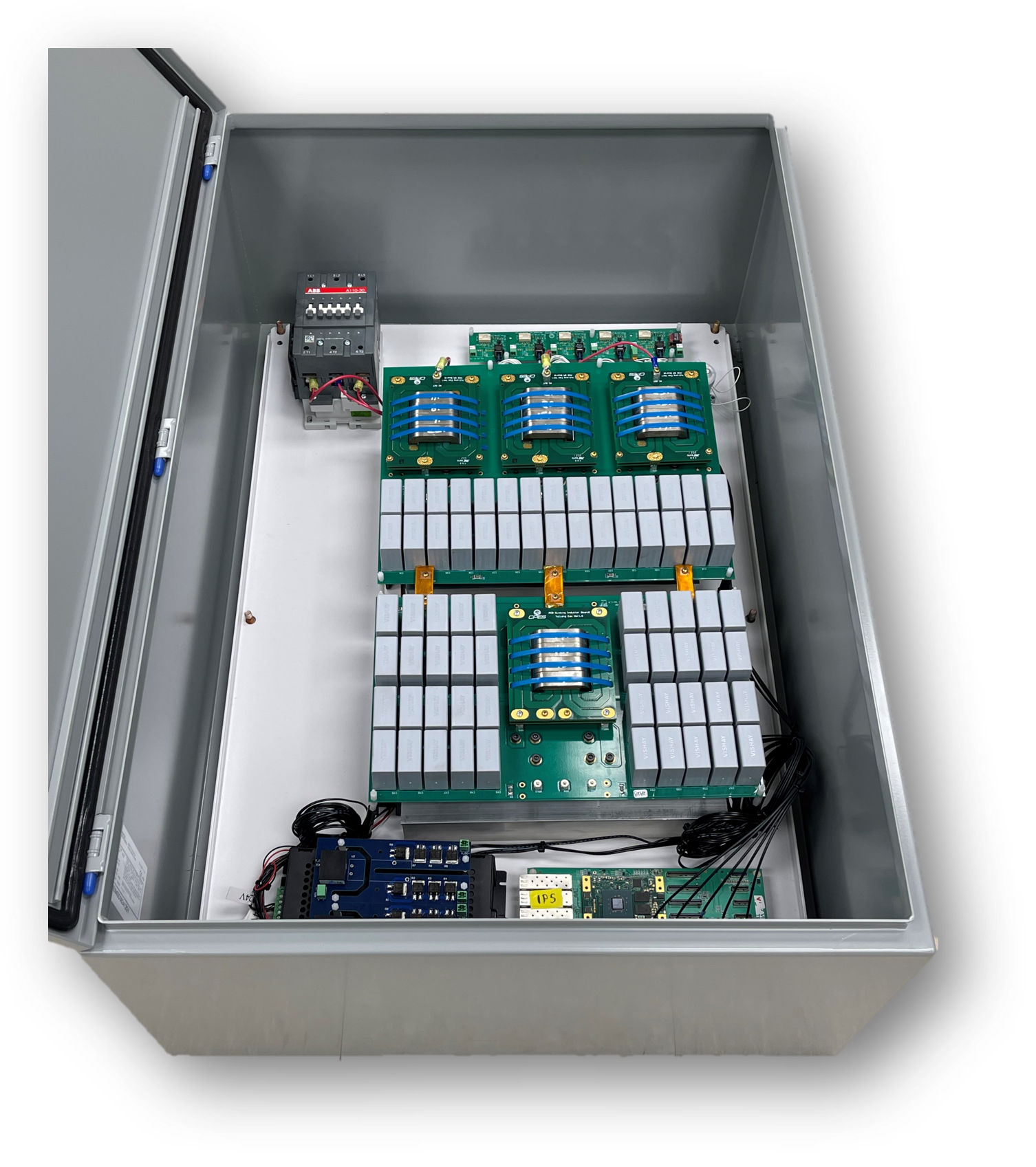
Fig.1. Full converter (a) topology and (b)assembly
In this nugget, a bidirectional three-phase two-level converter and a cascaded bidirectional DC-DC converter as shown in Fig. 1 (a). The converter assembly is shown in Fig. 1(b). The converter is rated for 50 kW, 75 kVA with 480 V AC port, 900 V internal DC bus, and 500 V-1000 V external DC port. The three-level DC-DC converter is a stacked non-inverting four-switch buck-boost (FSBB) converter with a coupled inductor, which reduces the blocking voltage of each switching device. With the quadrangle inductor current waveform control method, all switches of the DC-DC converter can achieve zero voltage switching (ZVS) conditions while minimizing inductor RMS current. The operation with the unit-gain of the DC-DC converter waveform is shown in Fig. 2.
In order to achieve quadrangle control of the stacked FSBB converter, the intelligent gate driver was designed to integrate the sensing capabilities, including dedicated on-state and off-state voltage sensing circuits and the non-intrusive current sensor for each switching device. With fiber optic communication with the local controller, close-loop control can be achieved. Together with the gate driver integrated temperature sensor, the device on-resistance Rds-on can be estimated, and the device operation health status can be monitored.

Fig. 2. operation waveform of (a)AC-DC converter and (b) DC-DC converter with quadrangle control
























































































